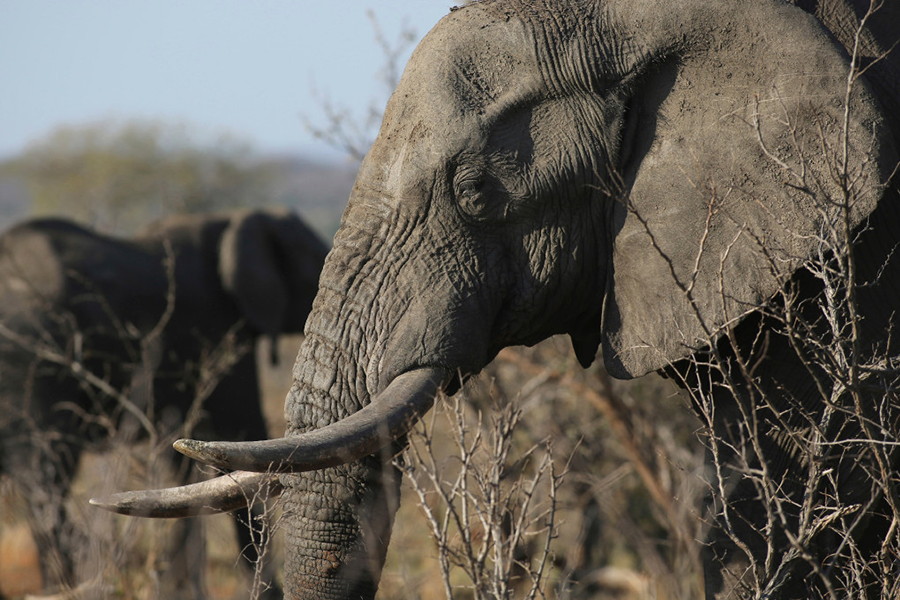What will it take to keep elephants safe?
Loading...
Forest elephants in a Central Africa park have seen their numbers decline by some 80 percent in the past decade as poachers entered protected areas to kill the endangered animals.
A new study from Duke University published Monday estimates that around 25,000 forest elephants in Minkébé, a nearly 3,000-square-mile preserve in Gabon, were slaughtered by poachers between 2004 and 2014. Researchers say the hit to the population is extreme, and that immediate action must be taken to shift the trend and protect the elephants residing in the sanctuary area.
“With nearly half of Central Africa’s estimated 100,000 forest elephants thought to live in Gabon, the loss of 25,000 elephants from this key sanctuary is a considerable setback for the preservation of the species,” John Poulsen, an assistant professor of tropical ecology at Duke’s Nicholas School of the Environment, said in a statement.
Awareness campaigns and international efforts to protect elephants from poachers have become increasingly widespread in the past few decades. Ivory sales have declined in the West as more consumers understand the threat the market poses to elephants. Yet many herds continue to feel the effects of poaching as governments and transnational organizations grapple with ways to crack down on poaching and ivory sales around the globe.
While talk of elephants likely conjures up a universal mental image of one type, there are actually two species that reside in Africa: the savannah or bush elephant, and the forest elephant. Savannah elephants are the elephants often seen on safaris or in nature films, while forest elephants are smaller and more elusive, identified by straighter tusks, rounder ears, and darker skin.
The ivory of the forest elephant, which is hard and has pinkish coloring, is also unique and especially valuable.
Because the forest elephants are more difficult to track down and count than savannah elephants, researchers compared two surveys that collected data on elephant dung, one in 2004, and the other in 2014. They took into account any severe weather changes that may have washed away or sped the decay of dung, and analyzed the declining rates to arrive at the estimate.
In addition to mapping the population decline, the study narrowed down the source of poachers. As the Gabon government has worked since 2011 to enact strict protections for the elephants and added a national park police force to patrol the area, fewer Gabonese perpetrators have been involved in the poaching.
Instead, much of the slaughter has occurred at the hands of foreign poachers, particularly those from Cameroon to the north who can easily travel in and out of the park. They transport the ivory back to the city of Douala, which plays a major role in the international ivory trade.
These cross-border hunters who infiltrate Minkébé often proved harder to combat, leaving Gabon officials struggling to curtail the devastating losses.
The solution, researchers say, lies in further international cooperation to uncover poaching efforts and enforce laws.
“Studies showing sharp declines in forest elephant populations are nothing new, but a 78 to 81 percent loss in a single decade from one of the largest, most remote protected areas in Central Africa is a startling warning that no place is safe from poaching,” Dr. Poulsen said. “To save Central Africa’s forest elephants, we need to create new multinational protected areas and coordinate international law enforcement to ensure the prosecution of foreign nationals who commit or encourage wildlife crimes in other countries."






